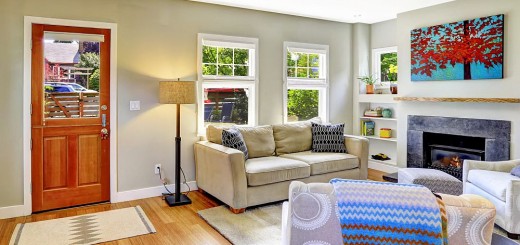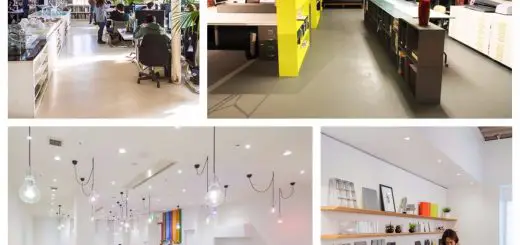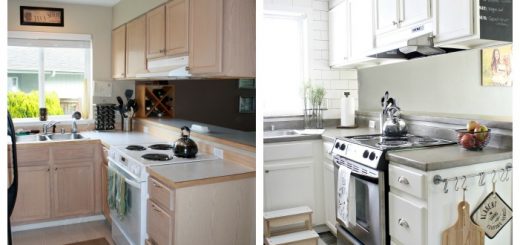Radiant Floor Heating – Pros And Cons
Radiant flor heating dates back to Ancient Rome and, despite being so old and tested in time, they’ve only been recently implemented on a large scale in households, first in the Scandinavian countries. But they become a heating option of choice for more and more owners these days, especially in new houses where implementing the system can be done easier from the building stage. Here is more about radiant floor heating – pros and cons.
The systems can be water and electric based. In both cases, this type of heating has a first of all aesthetic advantage, since owners do not have to rely on the classic radiators. Secondly, there’s the advantage of the floor level heating which ensure a uniform propagation of the temperature across the room and on a larger surface. The room gets warm quickly compared to those relying on the classic radiators. In this context, this type of in-floor heating systems are ideal for families with small kids.
In case of the systems based on heated water tubes you can also install solar panels which will decrease costs significantly. For the electric in-floor systems, experts recommend the installments of aluminum boards which will help heating propagate uniformly across the room. In any case, overall costs of installing and maintaining these underfloor systems are cheaper than the classic gas heating systems.
As concerns the cons, note that the underfloor heating can take longer to heat up than radiators, which work quickly to high temperatures. In some cases, such as with smaller systems, they won’t be able to totally supplement radiators. An underfloor heating system can be pricey to install (especially if retrofitted) maintain and run, particularly if it’s supplementary to your main heating system.
Also, installing an in-floor heating system narrows any possibility to redecorate a room if that involves moving heavy furniture from one place to another. Experts recommend you identify the places where the furniture will be placed even from the in-floor system design stage because placing heavy items on the underfloor network will significantly reduce the system’s efficiency. Also, placing carpets and rugs on these surfaces can have the same negative effect. At the same time, these systems disturb the dust which enhances the chance of possible allergic reactions. This is why in Scandinavia people usually choose to install these systems in rooms with a higher humidity, such as bathrooms and kitchens.
Sources: Spatiulconstruit.ro, Capital.ro, Which.co.uk


















